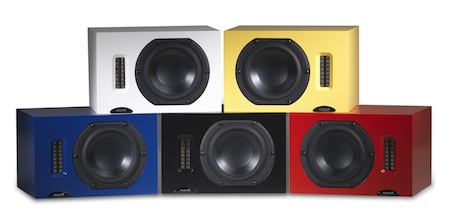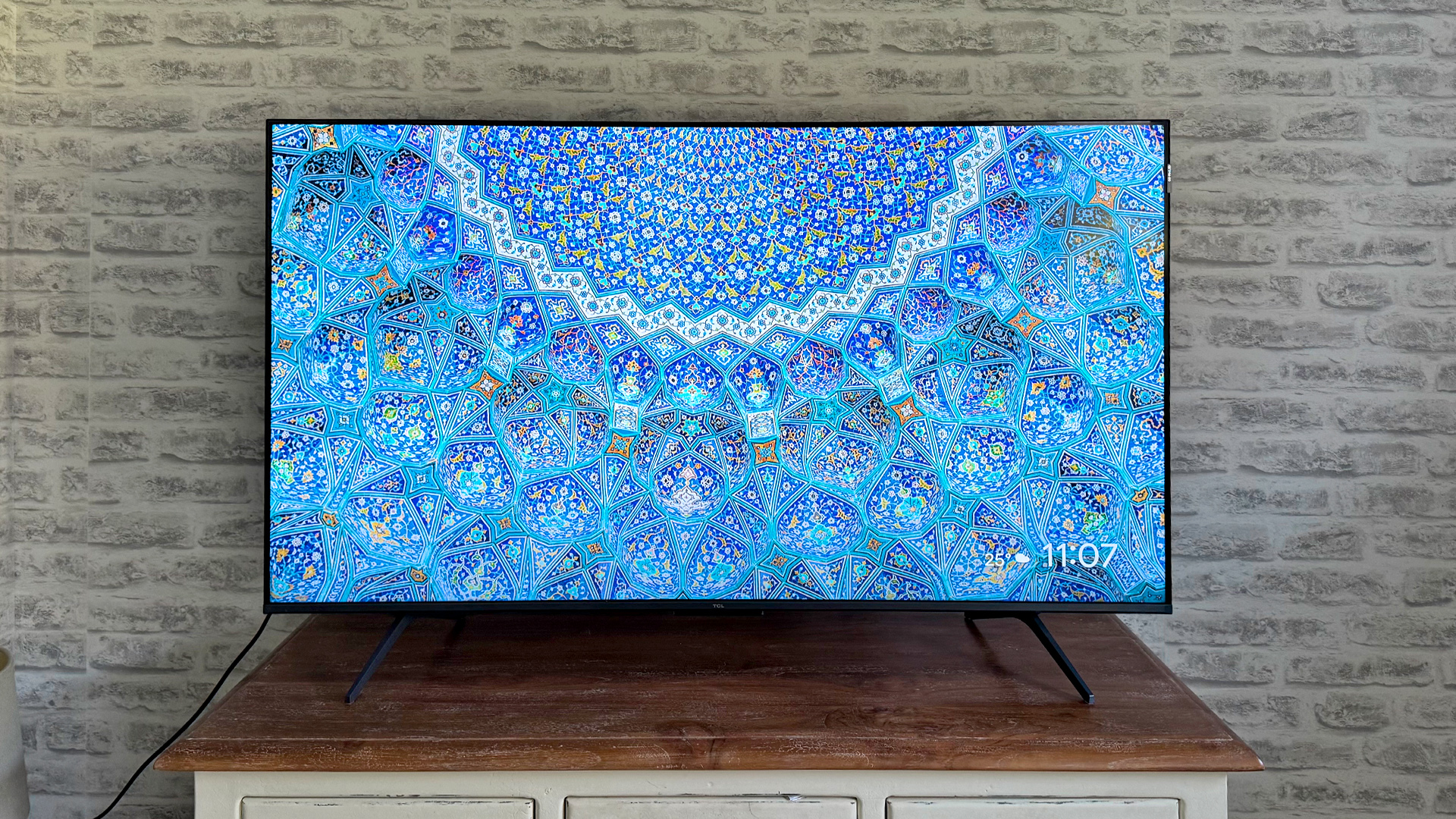Completely Neat

I missed out on hearing the Neat Iota speakers when they were launched at the Manchester Show last Autumn, but the buzz from those who were there was such that I put in a request for a review pair unheard.
And having finally got my hands on a pair for a couple of weeks, I'm glad I did.
You see, these are perhaps the daftest speakers I've encountered for a very long time – stupidly small, looking almost comical on their spindly optional stands, and yet capable of a sound you just wouldn't expect from something so small.
They get reviewed in the April issue, so you'll have to wait for a while to read the official verdict, so take this as an unofficial 'hands on' impression, written purely because I've been having a lot of fun with the baby Neats and wanted to share with the room.
Even if you've seen the pictures of the Iotas, nothing really prepares you for just how dinky they are. They're just 13cm tall in their unusual 'laid on their side' configuration, making them perfect for use on a desktop, shelves or wall-brackets.
And they're more than light enough to be bolted up on the wall without worries about them ripping the brackets out in the night – just 3kg each, and fitted with a pair of mounting-points designed to work with inexpensive industry-standard wall-brackets.
Neat suggests B-Tech's BT-33 brackets as being suitable: a pair of those will leave you sensible change from £20.
The latest hi-fi, home cinema and tech news, reviews, buying advice and deals, direct to your inbox.
Or you can buy the Neat stands, which will add £120 to the £650 tag on the speakers. The stands are nicely made and finished, if simple – a triangular base with chunky spikes and machined locknuts, a simple brushed column and a top-plate supplied with a little pack of Blu-Tack – but I suspect most buyers will give them the swerve in favour of alternative positioning.
Why? Well, once the speakers are on the stands, they take up as much carpet-space as larger speakers, so kind of negating much of their appeal, and that slender column and small, intriguing boxes – especially in the crisp white of the pair I've been using or the striking blue, red or yellow optional finishes – might attract attention from smaller members of the household, both human and animal.
The Blu-Tack does a good job of holding the speakers in place on the stand – I know, as my hefty speaker cables were doing their best to pull the Iotas off and onto the floor – and the wide base of the stands is very stable, but you could get them swaying a bit.
Neat reckons some cones under the speakers will be best if they're on shelves or a tabletop, but you could also look at something like the Auralex SpeakerDudes – slanted foam wedges, which you'd have to cut down a bit for length – if the speakers were to be used on a desk.
Me? I'd be very tempted by a pair of those B-Tech brackets.

And very, very tempted by the Iotas, with their combination of ribbon tweeter and a 10cm mid/bass driver, reflex-loaded with a rear-venting port.
As well as using them with a modest amp either side of our iMac in the home office, I ran them for a good while on the end of my main system, looking comical beside the big PMC OB1 floorstanders I normally use – let's face it, these speakers would be dwarfed by DB1s, let alone OBs – and I really couldn't stop listening.
The speakers were, I was warned, factory fresh, and so 'could do with a bit of caning': that's just what they got, being used as our day-to-day TV speakers as well as for extended listening sessions.
OK, so the Iotas are a bit light in the bass – what do you expect with speakers this small? – but with a bit of reinforcement from a solid rear wall, achieved by placing them about 20-30cm out, what's not there is a lot less noticeable than what is.
And what there is is a sound with jaw-dropping definition, speed and integration, allied to a tight, clean, involving bass.
These aren't speakers trying too hard to make up for their compact dimensions: instead, there's an ease and openness to their sound, whether you play rock and pop or some big orchestral/choral workhorses.
The way they convey instruments and voices is also pretty enchanting, from the attack of a guitar to the way chamber instruments hang in space before you.
Give the speakers a little toe-in, and you can achieve solid, well-focused imaging, whether you listen to the speakers close-up – as you will in a desktop situation – or across a modestly-sized room.
There's a Neat little tuning trick, too: the speakers come in mirror-image pairs, and you can use them with the tweeters 'inboard' of the mid/bass units, or 'outboard'.
With the tweeters 'in' you get supersharp imaging, agreed – but maybe it's just a shade too clinical; with them 'out' the image is almost as tightly-focused, but the sound has better space, ambience and depth to it, making for a much more satisfying listen.
(IMHO, of course, and with the usual disclaimers about your mileage varying).
The Iotas are back in the office now, for photography and the serious listening for the forthcoming First Test, which should be in the issue of the magazine you see in four weeks or so.
But just as soon as they're done with, they're going home again: I've been having far too much fun playing with them, and they're proving very addictive.
And of course, once they're on the wall-brackets...
Andrew has written about audio and video products for the past 20+ years, and been a consumer journalist for more than 30 years, starting his career on camera magazines. Andrew has contributed to titles including What Hi-Fi?, Gramophone, Jazzwise and Hi-Fi Critic, Hi-Fi News & Record Review and Hi-Fi Choice. I’ve also written for a number of non-specialist and overseas magazines.
